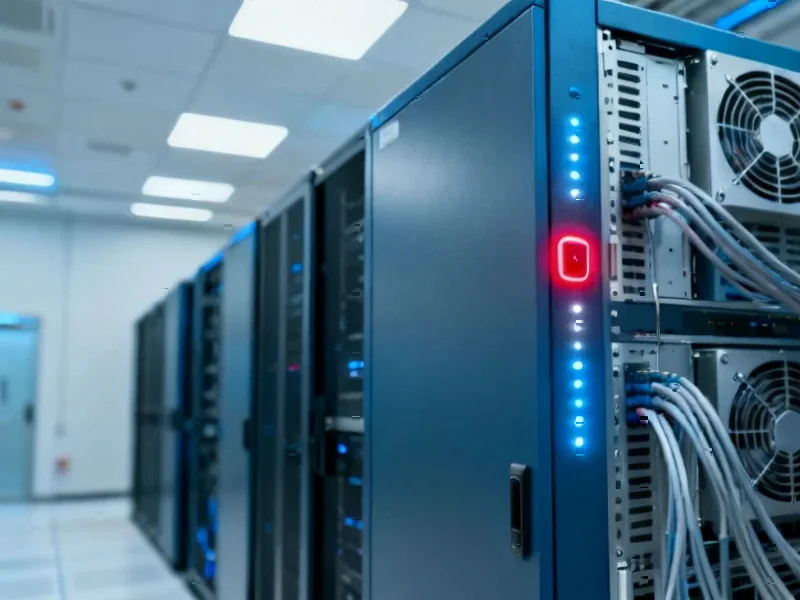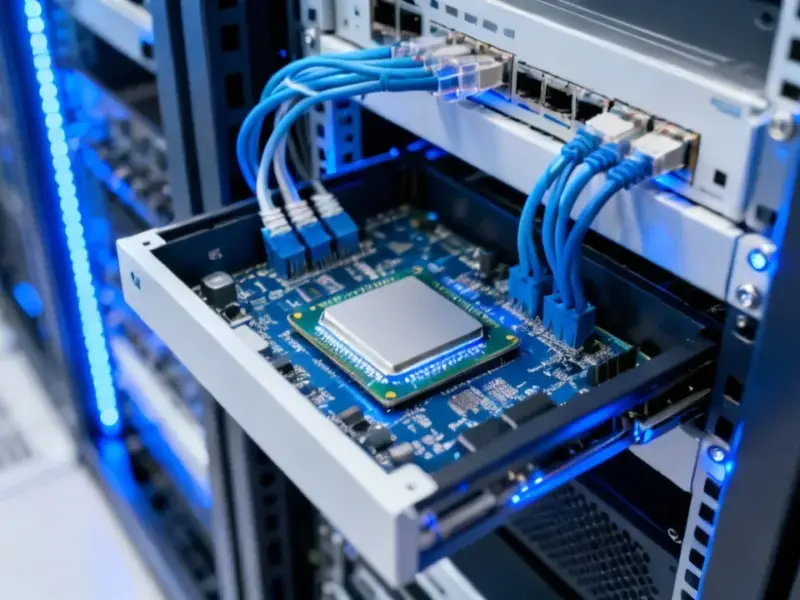According to Financial Times News, OpenAI has signed a seven-year, $38 billion deal with Amazon Web Services, bringing the company’s total recent computing commitments to nearly $1.5 trillion. The agreement allows immediate use of AWS infrastructure for products including ChatGPT and reduces OpenAI’s dependence on Microsoft, its primary backer. OpenAI’s spending spree includes deals with Nvidia, AMD, Oracle, Broadcom, Google, and Samsung, structured as incremental payments as computing power is delivered. CEO Sam Altman aims to add 1 gigawatt of new capacity weekly by 2030, equivalent to a nuclear power plant’s output, despite the company reporting $12 billion in losses last quarter alone. This massive infrastructure expansion comes as OpenAI completes a corporate restructuring that clears the path for an eventual IPO.
The $1.5 Trillion Compute Addiction
OpenAI’s infrastructure spending spree represents one of the most aggressive capital commitments in technology history. The $1.5 trillion figure isn’t just large—it’s unprecedented for a company that remains deeply unprofitable. What’s particularly concerning is that these aren’t traditional capital expenditures but rather forward commitments that assume exponential revenue growth. The company’s current $13 billion annualized revenue would need to grow nearly 8,000% to cover these commitments, creating an enormous execution risk. This pattern resembles the telecom bubble of the late 1990s, where companies made massive infrastructure bets assuming endless demand growth that never materialized.
The Gigawatt Reality Check
Altman’s goal of adding 1 gigawatt of capacity weekly by 2030 faces significant physical and economic constraints. A single gigawatt represents enough power for approximately 750,000 homes, meaning OpenAI would be consuming the equivalent of 52 nuclear power plants’ worth of electricity annually by 2030. The global data center industry currently consumes about 200-250 terawatt-hours annually, and OpenAI’s planned expansion would represent a substantial portion of global capacity. Given current grid constraints and the multi-year timelines for building new power generation, this ambition appears disconnected from energy market realities. Experts are right to question whether this level of infrastructure development is physically possible within this timeframe.
The Vendor Dependency Trap
While the AWS deal reduces OpenAI’s reliance on Microsoft, it creates a new dependency on Amazon while maintaining existing ones with Nvidia, Oracle, and others. This multi-vendor strategy spreads risk but also creates integration complexity and potential lock-in effects. More importantly, it means OpenAI is essentially outsourcing its core competitive advantage—computing infrastructure—to companies that are simultaneously building competing AI offerings. Amazon’s $8 billion investment in Anthropic demonstrates they’re hedging their bets, while Microsoft continues developing its own AI capabilities. This creates a scenario where OpenAI’s suppliers have strong incentives to prioritize their own AI efforts over OpenAI’s needs during capacity constraints.
Standing on a Financial Precipice
The $12 billion quarterly loss reveals the fundamental economics of generative AI: massive infrastructure costs with uncertain monetization. Unlike traditional software companies that achieve 80-90% gross margins, OpenAI appears to be operating at negative margins despite rapid revenue growth. The company’s strategy assumes that AI model efficiency will improve dramatically while demand continues growing exponentially—two assumptions that may not align. If either assumption proves wrong, OpenAI could find itself trapped in contracts it cannot afford while competing against cloud providers who own their infrastructure and can offer AI services at lower margins. The recent restructuring and path to IPO suggests urgency to demonstrate financial viability before investor patience wears thin.
The Strategic Imperative Behind the Madness
Despite the risks, OpenAI’s aggressive compute acquisition strategy makes sense from a defensive standpoint. The company recognizes that AI leadership requires controlling massive computing resources that competitors cannot easily replicate. By locking up future capacity through long-term contracts, OpenAI is essentially creating moats around its AI development capabilities. However, this strategy only works if they can achieve sufficient revenue growth and model efficiency improvements to make the economics work. The bet appears to be that by 2030, AI will have transformed multiple industries, creating revenue streams that justify today’s massive infrastructure bets. Whether this vision materializes or becomes another case of technology overinvestment remains the multitrillion-dollar question.




